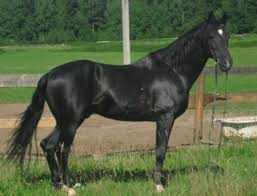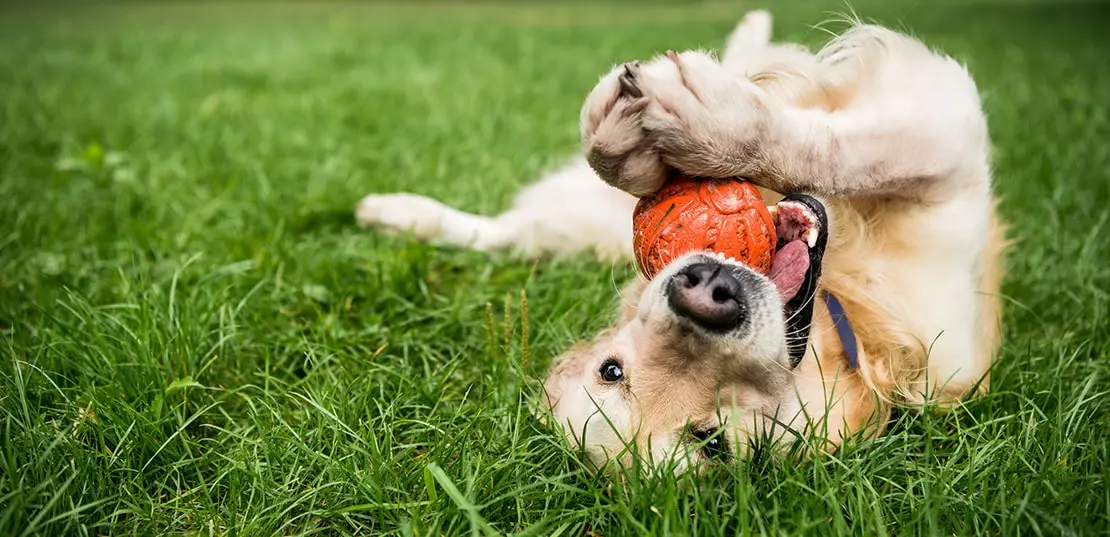
Karachay
Conditions of detention
Karachay horses are well-adapted to the harsh and varied climates of the Caucasus Mountains. They thrive in environments with rugged terrain and can live outdoors year-round, even in cold, snowy conditions. They do well in open pastures where they can graze and move freely, but access to shelter during severe weather is beneficial.
Useful Fact: Karachay horses are particularly well-suited to mountainous regions, where their sure-footedness and endurance allow them to navigate difficult terrain with ease.
Nutrition and diet
Karachay horses have an efficient metabolism and can maintain their health on a diet of natural forage, including grasses and hay. They are accustomed to subsisting on minimal resources, reflecting their adaptation to the often sparse and rugged environments of the Caucasus. Grain supplementation is generally only necessary if they are engaged in heavy work.
Useful Fact: Karachay horses are known for their ability to thrive on rough, natural forage, making them low-maintenance in terms of feeding compared to other breeds.
Health
Karachay horses are known for their robust health and longevity. They have a strong constitution and are generally free from many common equine diseases. Regular veterinary care, including vaccinations, dental checks, and hoof maintenance, is necessary to keep them in optimal health.
Useful Fact: The breed’s natural hardiness and resistance to disease have made the Karachay horse particularly valued in regions where veterinary care might be limited.
Grooming and care
Karachay horses require regular grooming to maintain the health of their coat and skin, especially during the shedding season. Their manes and tails should be brushed to prevent tangles, and regular hoof care is essential, particularly if they are used for riding or work in rocky terrain.
Useful Fact: Karachay horses have a naturally thick coat that provides protection against the cold, but regular grooming is important to keep them comfortable and to check for any skin issues.
Education and training
Karachay horses are intelligent, willing, and quick to learn, making them relatively easy to train. They have a strong work ethic and are known for their calm and steady temperament, which suits them well for a variety of roles, including riding, pack work, and even competitive disciplines like endurance riding.
Useful Fact: The Karachay horse’s natural endurance and ability to cover long distances make it particularly well-suited for endurance riding and other activities that require stamina.
Toys and entertainment
Karachay horses benefit from physical activity and mental stimulation. They enjoy activities that allow them to use their natural instincts, such as trail riding or navigating obstacle courses. Simple toys like treat balls or puzzles can also help keep them entertained, especially during downtime.
Useful Fact: Providing Karachay horses with tasks that mimic their traditional work, such as carrying loads or navigating rough terrain, helps keep them mentally and physically engaged.
Safety
Karachay horses are generally calm, steady, and reliable, making them safe to handle and work with. However, secure fencing and a safe environment are essential to prevent accidents, particularly during turnout or when they are working in unfamiliar settings.
Useful Fact: The breed’s history of navigating the rugged Caucasus Mountains has made Karachay horses particularly sure-footed and safe to ride in challenging terrains.
Accessories
Karachay horses require standard tack, including well-fitted saddles and bridles. Due to their strong, muscular build, tack should be chosen to ensure comfort, especially for long rides or heavy work. High-quality, durable tack is recommended to support their movement and strength.
Useful Fact: Karachay horses may require specialized tack that accommodates their broad backs and strong necks, particularly when used for extended periods or in demanding conditions.
Socialization
Karachay horses are social animals that thrive on interaction with both humans and other horses. They do well in herd environments and enjoy the companionship of other horses, which helps them maintain their mental well-being. Regular socialization is important for their emotional health and overall happiness.
Useful Fact: The breed’s cooperative nature and strong bond with humans make Karachay horses excellent companions for both work and leisure, especially in close-knit community settings.
Travel and Transportation
Karachay horses generally handle travel well, thanks to their calm temperament. They require a comfortable, well-ventilated trailer with enough space to stand securely during transport. Regular stops during long journeys for water and rest are important to keep them comfortable and healthy.
Useful Fact: The Karachay horse’s calm demeanor and natural adaptability make it easier to transport, even over long distances and through challenging conditions.
Behavior and psychology
Karachay horses are known for their calm, intelligent, and cooperative nature. They are highly adaptable and have a strong work ethic, making them reliable partners for a variety of tasks. Their temperament makes them suitable for riders and handlers of all levels, from beginners to experienced equestrians.
Useful Fact: The breed’s long history of working closely with humans in mountainous environments has made Karachay horses particularly responsive and willing to work closely with people.
Legal aspects
Owning a Karachay horse may involve specific legal considerations, particularly if they are used in breeding or competitive activities. Registration with relevant breed organizations, such as the Russian Karachay Horse Association, ensures that the horse’s lineage is documented and contributes to the conservation of the breed. Compliance with local animal welfare laws is also essential.
Useful Fact: Efforts to preserve the Karachay horse include initiatives to document and register individual horses, helping to maintain the breed’s purity and historical significance in Russia and beyond.


